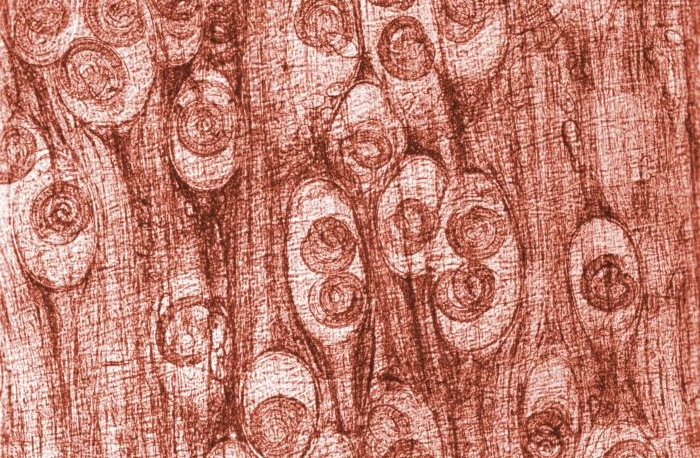It happens often. I’m at a dinner party or book club meeting, and a new acquaintance asks me what I do. “I work in vaccine education,” I say.
And then there’s the pause.
But that’s just the calm before the storm. Soon, voices rise, and faces flush. And my internal armory of statistics and biology charges forward to combat anecdote and half-truths.
Vaccines can be a touchy subject. Even when emotions are kept at bay, I often encounter hesitance – especially when it comes to the HPV vaccine.
The HPV vaccine is recommended for both young men and women aged 11 to 12 years to protect them against the sexually transmitted Human Papillomavirus (HPV). While there are some who worry the vaccine will give adolescents a license to have sex with reckless abandon (incidentally, not really the case), the biggest concern vocalized by parents is safety.
How do we know the HPV vaccine is 100 percent safe?
The answer I give them is always: it’s not. No vaccine – or any medical intervention, for that matter – is 100 percent risk-free. There is always the possibility (however small) of an allergic reaction to a vaccine component, or an underlying medical condition that we just don’t know about. Medicine is not one-size-fits-all. There will always be risks.
The better question to ask is: Do the benefits of the vaccine outweigh the risks?
What are the true risks of the HPV vaccine?
Before a vaccine is ever put on the market, it has to go through three different phases of clinical trials to assess whether the vaccine is safe and effective. In the case of the HPV vaccine, these trials were conducted with roughly 30,000 individuals over a period of several years in order to spot potential side effects. What researchers found was a slight increase in fainting (a common occurrence with adolescents after any vaccine), and some soreness and redness at the injection site.
After a vaccine is approved, there are a few ways health officials monitor the risks of a vaccine. One of them is through the Vaccine Adverse Event Reporting System (VAERS).
VAERS is purposefully very open and inclusive. Anyone can report any adverse event after a dose of vaccine, even if they aren’t sure the vaccine was the cause. This helps identify very rare side effects that wouldn’t show up in clinical trials, as well as risk factors that might increase the likelihood a patient will have a bad reaction.
More than 56 million doses of HPV vaccine have been administered in the U.S., and roughly 22,000 adverse events have been reported. But this doesn’t mean that there were 22,000 bad reactions caused by the vaccine. All that number can tell us is that they happened after a dose of the HPV vaccine was given.
Some of those reports could have been caused by something else entirely.
Many people suffer from a wide range of medical issues every day. How we determine whether a vaccine could cause any number of them is by looking at whether those who received the vaccine had a greater chance of something bad happening than those who didn’t.
So that’s what happened. The CDC investigated the most serious of these reports using another surveillance tool, the Vaccine Safety Datalink (VSD). They looked at Guillain-Barre syndrome (GBS), ovarian failure, severe allergic reactions and death, among others, and found that those who got the vaccine weren’t any more likely to have these things happen than those who didn’t get the vaccine.
What they found echoed the findings of the pre-licensure clinical trials. The biggest risk most people face after getting the HPV vaccine is a little soreness or redness at the injection site.
So those are the risks. What are the benefits?
Almost everybody gets HPV at some point in life. Most people clear the infection within a year or two, but some infections can lead to cancer. And not just cervical cancer. HPV is estimated to be responsible for 5 percent of all cancers worldwide, and more than 26,000 cancers each year in the U.S. in both men and women.
The HPV vaccine protects against the two HPV subtypes most commonly linked with these cancers. While it’s too early to see a clear drop in cancer rates as a result of the vaccine (that will take years), we’re already seeing a dramatic drop in cancer-causing HPV, as well as cancer precursors.
It’s a very effective vaccine.
And in exchange for protecting young people from cancer-causing HPV, they might get a sore arm.
So, no. The vaccine is not 100 percent risk-free. But the benefits certainly do outweigh the risks.

